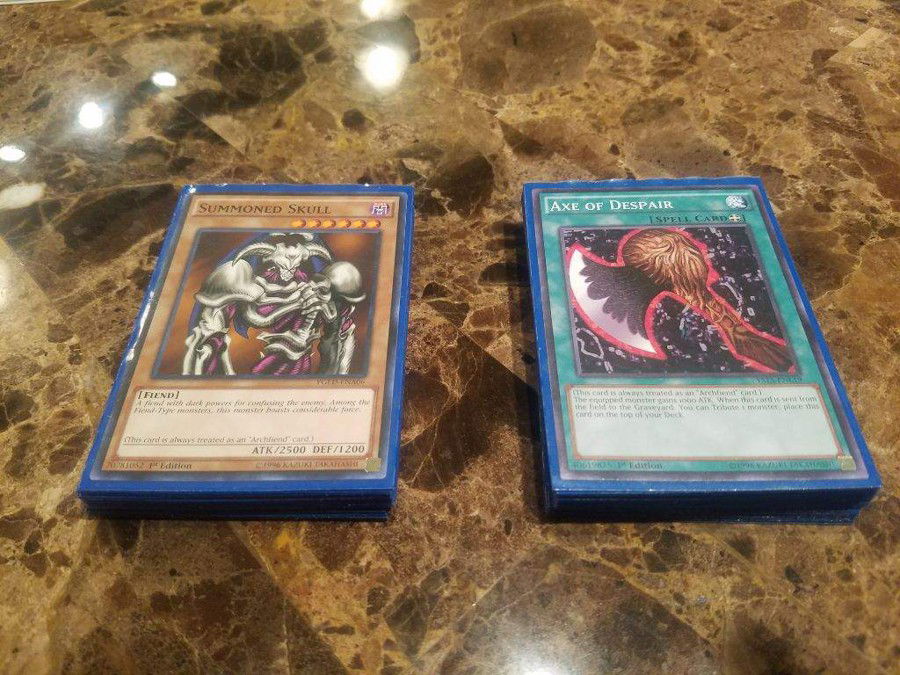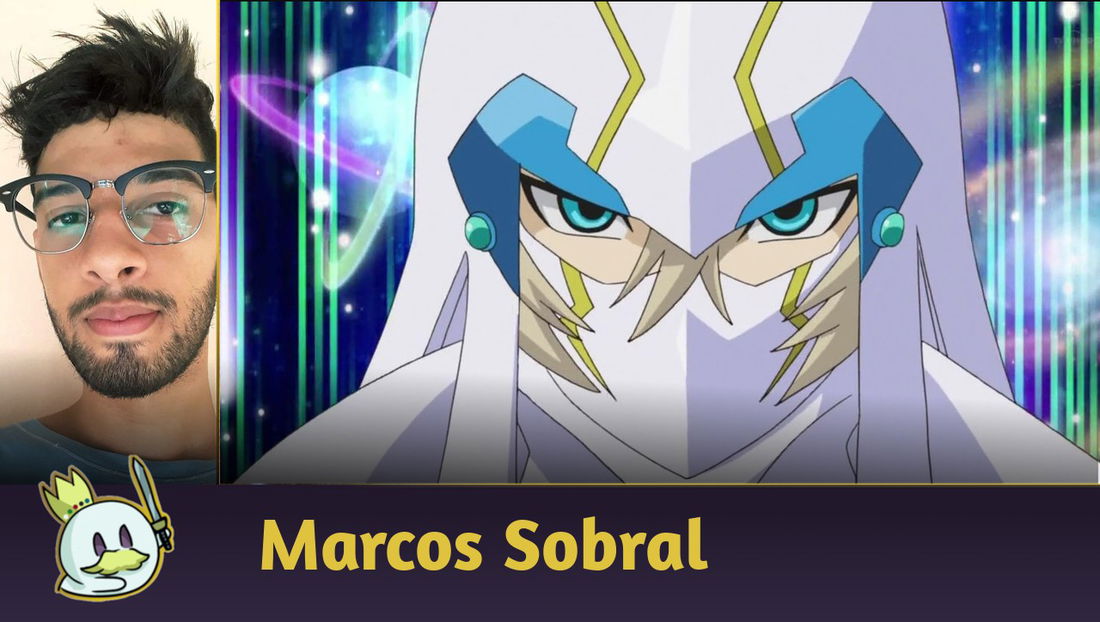Introduction
Yu-Gi-Oh! TCG first became popular across the world in the early 2000s, when it was much simpler than the game we know right now. Duels were basically all about summoning monsters with a lot of ATK and using power spells to remove resources from the opponent.
As the game grew, it was clear to KONAMI that they needed a way to control it somehow, and that's how the first banlist came to be. In this article, we'll explore the context surrounding the first banlist ever released, which cards were included in it, and how this changed the meta at the time!
The Meta Before the First Banlist: Summoned Skull Beatdown
Before the first banlist, the game was dominated by Summoned Skull Beatdown, a simple but extremely efficient deck.

This deck focused on summoning Summoned Skull as fast as possible. This monster had one of the highest ATKs at the time and only needed 1 tribute to be summoned. Furthermore, the game also included several extremely powerful spells that could decide the game by themselves.

Usually, whoever had the best opening hand won, and there was close to no space for real strategies in the game. The meta was chaotic, and that motivated KONAMI to create a way to balance it: a banlist.
The First Banlist: The Beginning of the Quest for Balance
The First Yu-Gi-Oh! TCG banlist became legal on May 1st, 2002. It didn't completely remove any cards out of the game, but it limited 12 of the main meta cards at the time.
Limited Cards:
Left Arm of the Forbidden One;
Left Leg of the Forbidden One;
Right Arm of the Forbidden One;
Right Leg of the Forbidden One;
Semi-Limited Cards:
How It First Impacted the Game
This banlist immediately impacted the meta. When KONAMI limited the main high-impact cards in the game, duels started to depend a lot more on what each player decided to play and when.
Furthermore, we started to focus more on consistency and synergy when we built our decks. This is when we began exploring elaborate mechanics in the game.
A Change that Defined the Future of Yu-Gi-Oh! TCG
The first banlist is a big part of Yu-Gi-Oh! TCG legacy. It balanced the game at the time and established a base for something that would become a tradition in Yu-Gi-Oh! TCG in the future. And it's precisely because of this that now players criticize KONAMI's banlist-related decisions as much as they do. And, of course, we're always anxiously waiting for the next time they'll update it.

Final Words
What about you? Did you know the context surrounding the first Yu-Gi-Oh! TCG banlist? Tell us about it in our comment section below.
To learn more about the Yu-Gi-Oh! TCG universe, keep browsing our articles.
Cards Realm thanks you for your support! See you next time!













— 코멘트 0
, 반응 1
첫 댓글을 남겨보세요